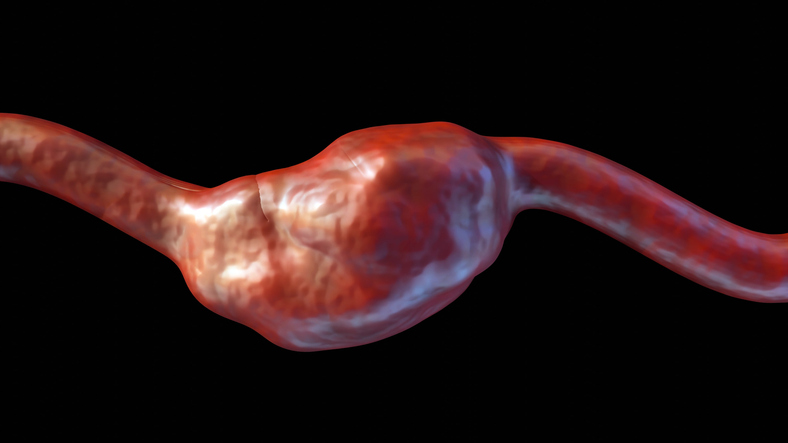
Mavacamten for treatment of symptomatic obstructive hypertrophic cardiomyopathy (EXPLORER-HCM)
Iacopo Olivotto, Artur Oreziak, Roberto Barriales-Villa, Theodore P Abraham, Ahmad Masri, Pablo Garcia-Pavia, Sara Saberi, Neal K Lakdawala, Matthew T Wheeler, Anjali Owens, Milos Kubanek, Wojciech Wojakowski, Morten K Jensen, Juan Gimeno-Blanes, Kia Afshar, Jonathan Myers, Sheila M Hegde, Scott D Solomon, Amy J Sehnert, David Zhang, Wanying Li, Mondira Bhattacharya, Jay M Edelberg, Cynthia Burstein Waldman, Steven J Lester, Andrew Wang, Carolyn Y Ho, Daniel Jacoby, on behalf of EXPLORER-HCM study investigators*
STUDY RATIONALE: EXPLORER-HCM
Cardiac muscle hypercontractility is a key pathophysiological abnormality in hypertrophic cardiomyopathy, and a major determinant of dynamic left ventricular outflow tract (LVOT) obstruction. Available pharmacological options for hypertrophic cardiomyopathy are inadequate or poorly tolerated and are not disease specific. Mavacamten is a first-in-class cardiac myosin inhibitor for possible treatment of symptomatic obstructive hypertrophic cardiomyopathy.
OBJECTIVE: EXPLORER-HCM
To assess the efficacy and safety of mavacamten, a first-in-class cardiac myosin inhibitor, in symptomatic obstructive hypertrophic cardiomyopathy.
TRIAL: EXPLORER-HCM
A randomized, double-blind, placebo-controlled, phase 3 trial, multicenter (68 centers in 13 countries (n=251)). Co-authors employed by the funder were involved with study design, analyses, data interpretation.
INTERVENTION: EXPLORER-HCM
Patients were randomized to receive one-daily orally administered treatment with mavacamten (starting at 5mg, titrated weeks 8 and 14) or placebo for 30 weeks (EXPLORER-HCM)
OUTCOMES: EXPLORER-HCM
- Primary Outcome- composite: 1.5mL/kg per min or greater increase in pVO2 and at least one NYHA class reduction; or a 3.0mL/kg per min or greater improvement in pVO2 and no worsening of NYHA class
- Secondary Outcomes: change from baseline to week 30 in post-exercise LVOT gradient, pVO2, proportion of patients with at least one NYHA class improvement, and measures of patient reported outcomes (KCCQ-CSS and HCMSQ-SoB questionnaires
STATISTICAL ANALYSIS: EXPLORER-HCM
Sample size of at least 220 needed for 96% power and 25% difference between treatment groups for p<0.05. The researchers conducted an efficacy and safety analysis. Efficacy analyses used intention to treat model and patient reported outcomes were analyzed with mixed effect model repeated measure. The primary endpoint and improvement in NYHA class was analyzed using the Cochran-Mantel-Haenszel test for stratified categorical data. Continuous variables in the secondary efficacy endpoints were compared between treatment groups by ANCOVA or mixed-effect model repeated measure. Safety data was analyzed using descriptive statistics.
RESULTS: EXPLORER-HCM
- 251 enrolled from the US, Spain, Poland and a smaller proportion from several other European counties, mean age was 58.5, 41% women, majority of participants were white.
- In terms of medical history, over 40% of participants in each arm had a history of hypertension, over 25% had a family history of HCM, more than 20% in each arm had a history of HLD
- Notably, around 75% of participants were on a BB as background HCM therapy
ADVERSE EVENTS: EXPLORER-HCM
- 11 serious adverse events were reported by ten (8%) patients on mavacamten versus 20 events reported by 11 (9%) on placebo
- Serious cardiac adverse events: 4 patients in the mavacamten group (two atrial fibrillation, two stress cardiomyopathy). There were also 4 serious cardiac adverse events in the placebo group (three atrial fibrillation, one atrial fibrillation with congestive heart failure).
- One patient in the placebo group experienced sudden death.
- No serious events of heart failure occurred in the mavacamten group.
TRIAL CONCLUSIONS: EXPLORER-HCM
Treatment with mavacamten improved exercise capacity, LVOT obstruction, NYHA functional class, and health status in patients with obstructive hypertrophic cardiomyopathy. The results of this pivotal trial highlight the benefits of disease-specific treatment for this condition.
LIMITATIONS & CONSIDERATIONS: EXPLORER-HCM
- Those taking background CCB vs BB were found to have a greater effect from mavacamten. In what ways do these drugs interact with each other and what does it mean for different subgroup patient populations? Authors address this in the discussions section ultimately stating this should be further studied in the future.
- Participants in this study were at least 90% white in both drug and placebo groups as well. We will need further studies to understand whether this is generalizable to the larger population.
- Study limitations included the exclusion of patients on disopyramide and patients with severe (NYHA class IV) symptoms. Both populations will be examined in the VALOR-HCM study (below).
For background, guidelines, enrollment criteria, outcomes, and references, please visit: #CardsJC: Hypertrophic Cardiomyopathy Trials – EXPLORER-HCM & VALOR-HCM – Cardionerds Twitter Journal Club
Based on original article: Mavacamten for treatment of symptomatic obstructive hypertrophic cardiomyopathy (EXPLORER-HCM): a randomised, double-blind, placebo-controlled, phase 3 trial – The Lancet
Via CardioNerds Academy House Taussig:

CardioNerds Journal Club: a forum for CardioNerds to discuss and breakdown recent publications on twitter, produced with a corresponding infographic and detailed blog post. For more information, check out the CardioNerds Journal Club Page. This Journal Club focuses on the EXPLORER-HCM Trial.







 © 2025 Mashup Media, LLC, a Formedics Property. All Rights Reserved.
© 2025 Mashup Media, LLC, a Formedics Property. All Rights Reserved.